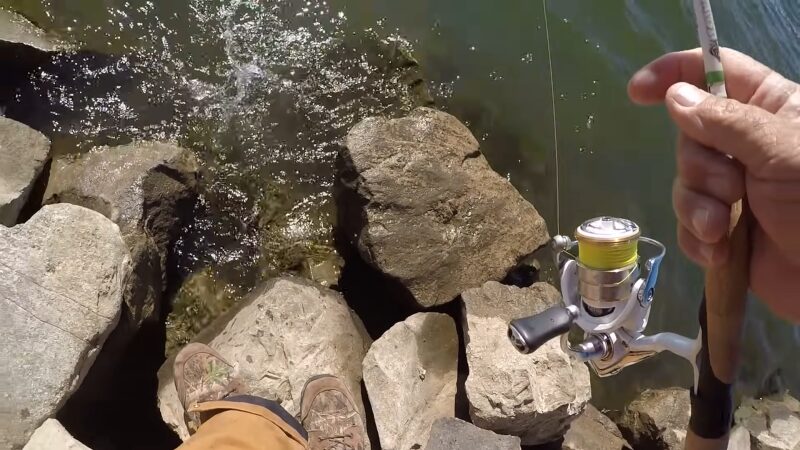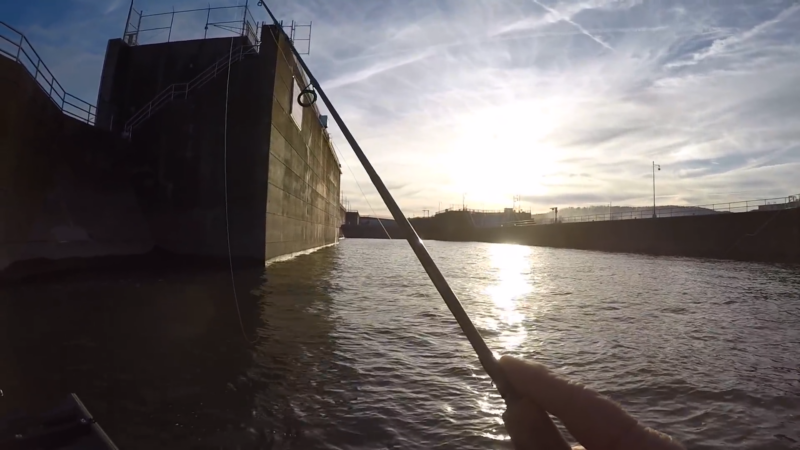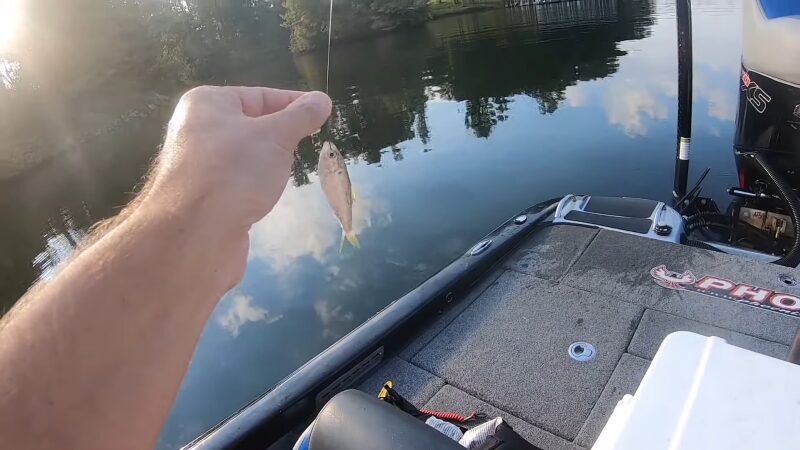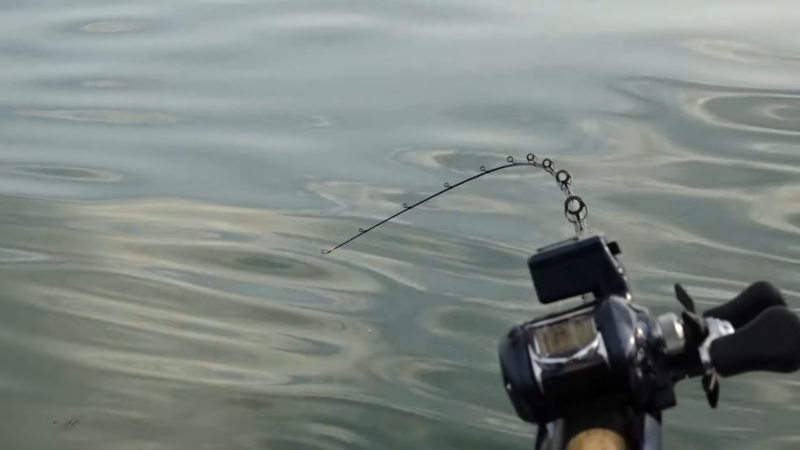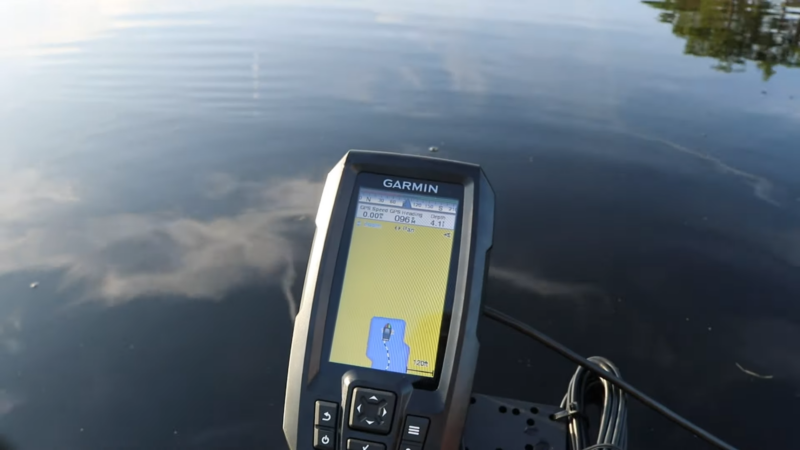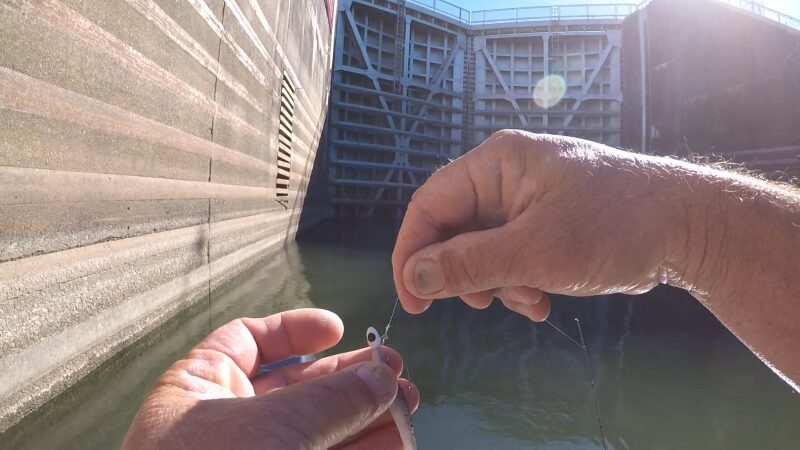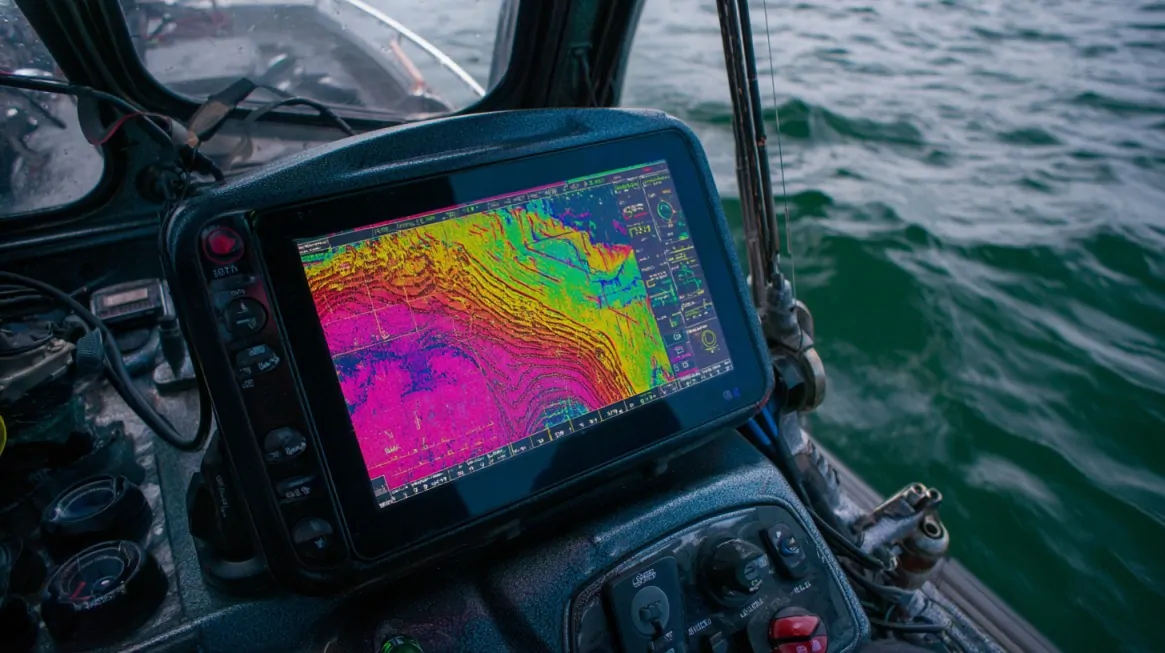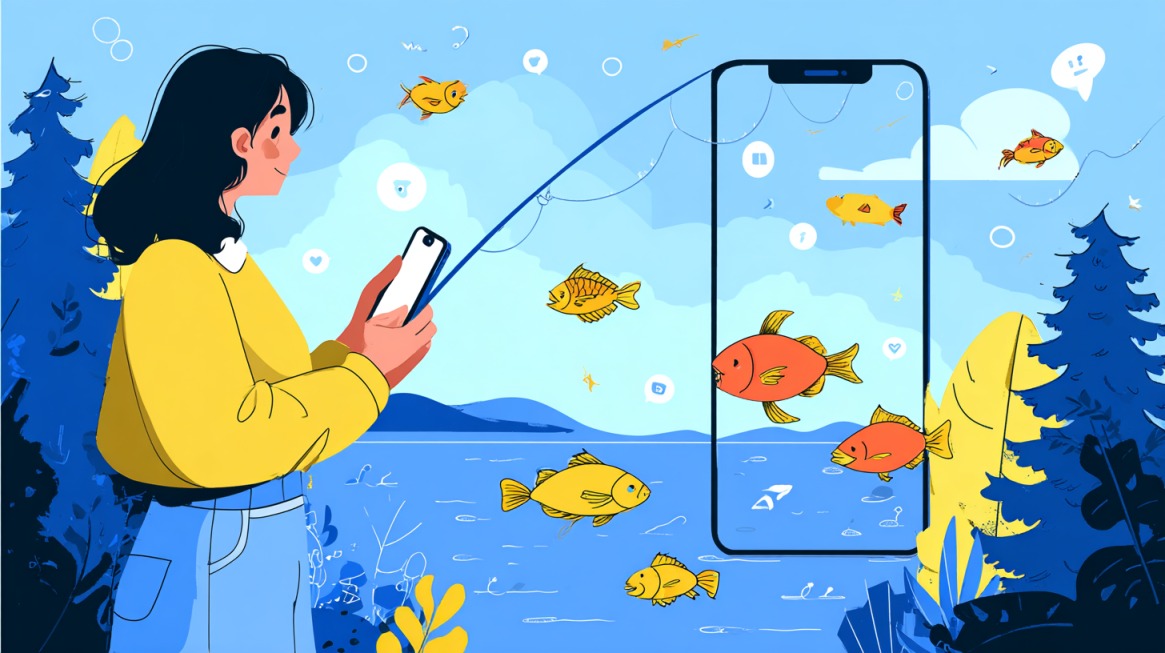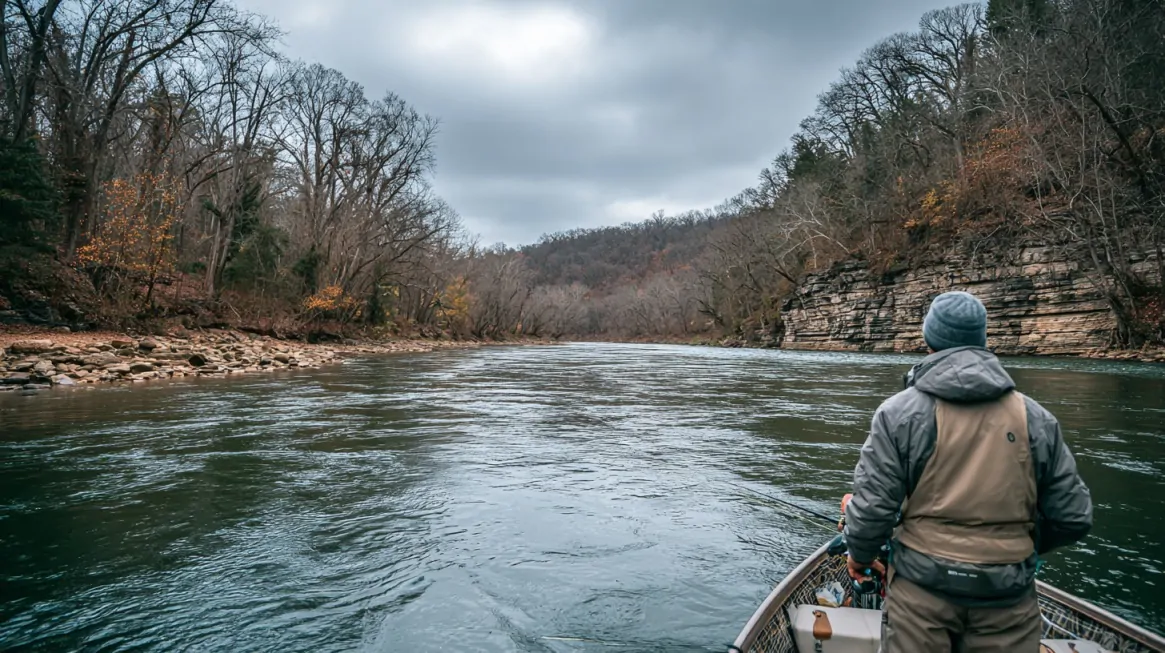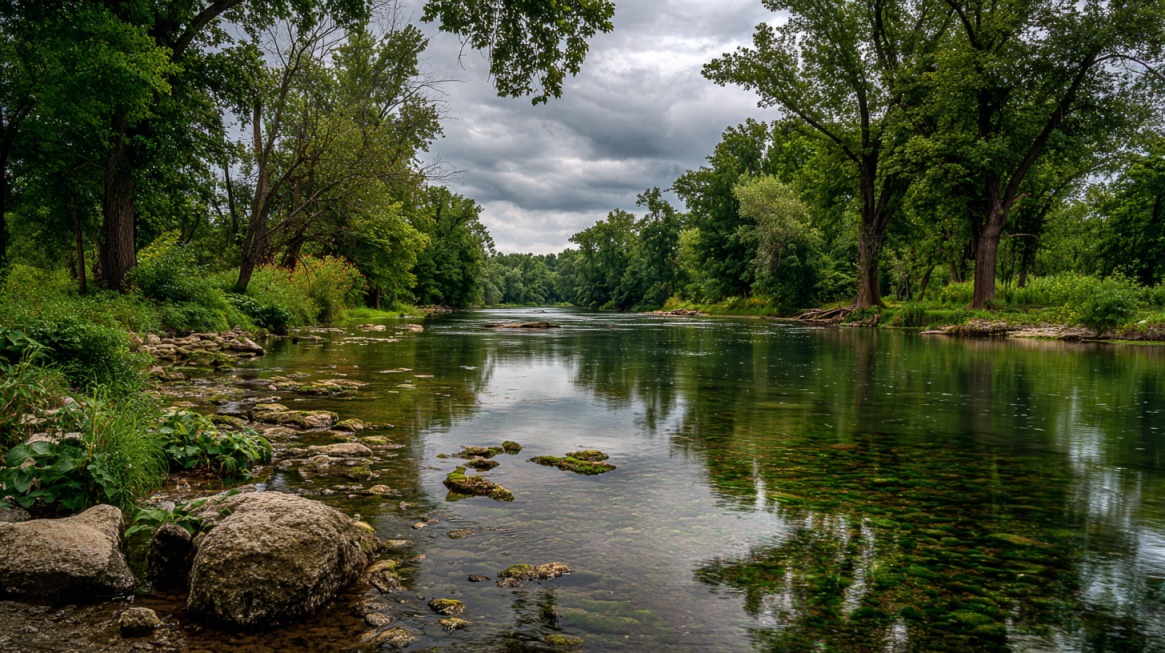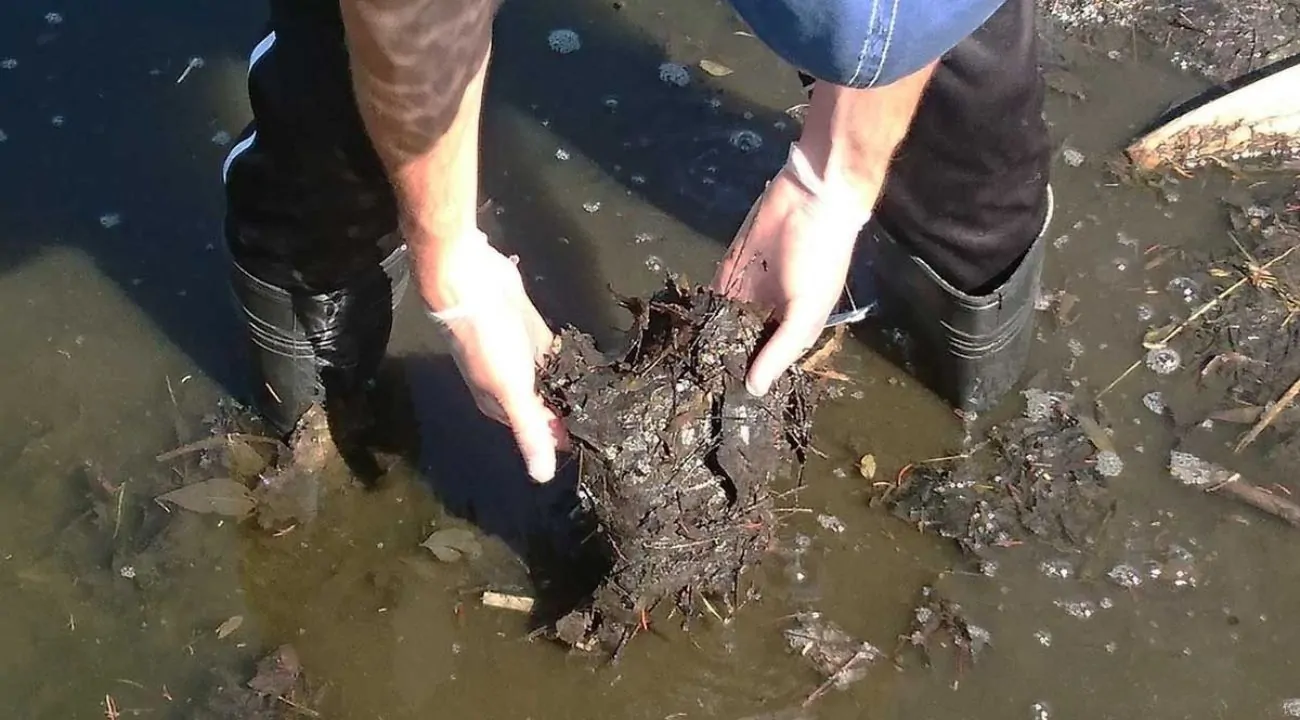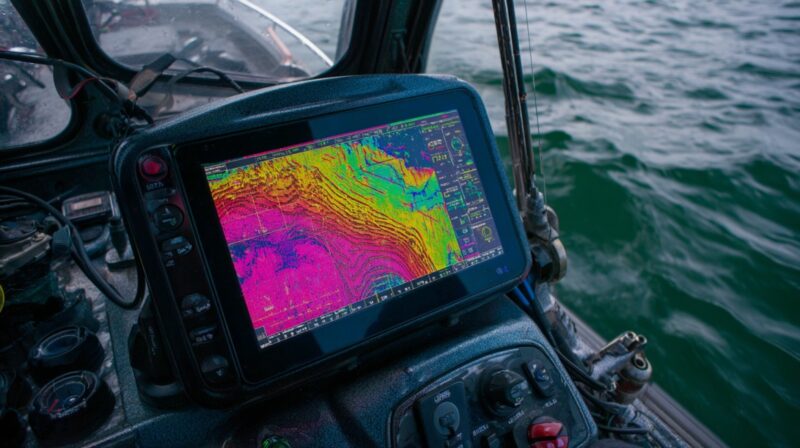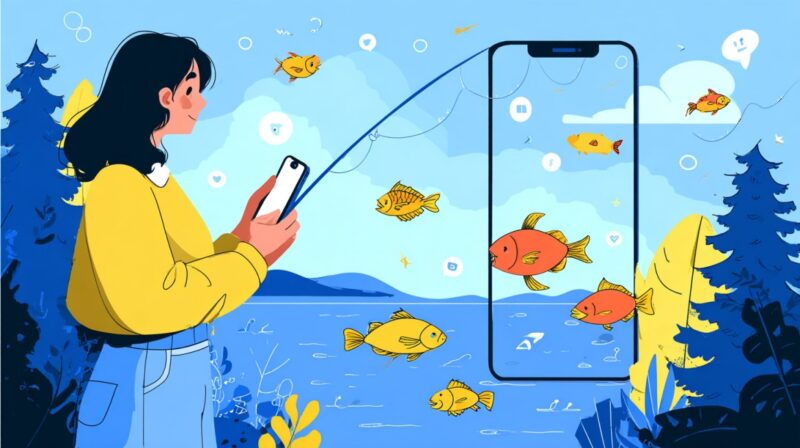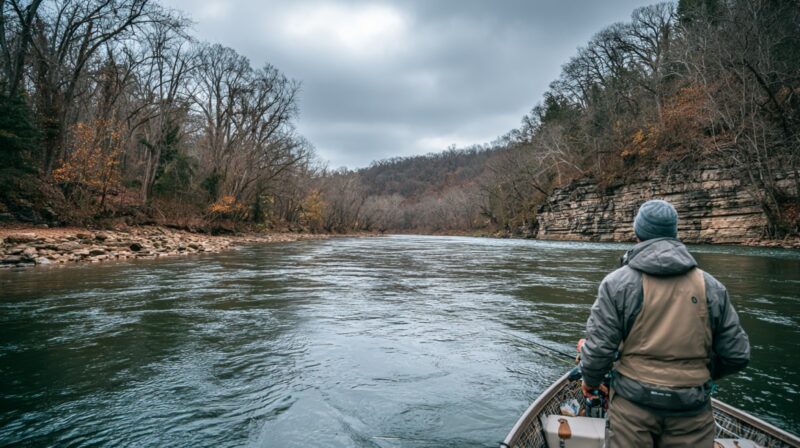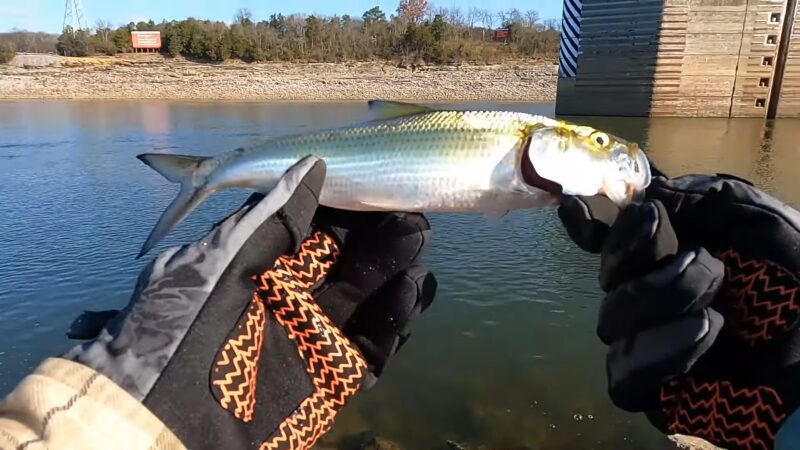
Share Post:
Sauger fishing, while similar to walleye fishing, demands unique strategies to ensure success.
These river-dwelling fish are known for their subtle responses to lures, making it essential for anglers to adapt to specific techniques like jigging, bottom-bouncing, and using live bait.
Understanding the best conditions—whether it’s water clarity, depth, or time of day—can greatly increase your chances of catching sauger.
This guide highlights crucial techniques and tips to maximize your success in targeting sauger across various environments.
Table of ContentsKey Takeaways
1. Choose the Right Rod and Reel
You should look for a rod that is sensitive enough to detect subtle bites, yet strong enough to handle these fish. A medium to medium-heavy rod is often recommended for this type of fishing.
A spinning reel is commonly used for sauger due to its versatility and ease of use. When choosing a reel, ensure it matches the rod’s weight for a well-balanced setup. This will help improve your casting accuracy and retrieval efficiency.
A line capacity of 8-12 pounds is typically suitable for sauger, as they aren’t particularly large but can put up a good fight. To achieve optimal performance, ensure the reel size complements the rod’s specs, ensuring smooth casting and retrieval.
2. Effective Use of Jigs for Sauger Fishing
Jigs are highly effective for catching sauger, particularly in river environments where these fish are often found. When using jigs, select colors that match the water conditions:
Water Condition
Recommended Jig Color
Murky/Cloudy Water
Bright Colors (Chartreuse, Orange)
Clear Water
Natural Tones (Brown, Silver)
Key Jigging Techniques
- Retrieve Patterns: Vary your retrieval speed to see what triggers strikes. A slow, steady retrieve works well, but sometimes an erratic motion can better attract sauger.
- Bottom Contact: Keep the jig bouncing lightly along the bottom where sauger hunt, especially near structures like rocks and submerged logs.
- Water Temperature and Depth: Sauger prefer cooler waters and are commonly found near structures. Adjust your approach based on these factors to improve your catch rate.
For low-light conditions, using glow-in-the-dark jigs can improve visibility. This is especially useful in early morning or evening when sauger are most active.
3. Fishing Sauger During Low Light Periods
Sauger are most active during dawn and dusk. These low-light periods are ideal for fishing because sauger are aggressively feeding. To maximize your success, focus on the following:
Time of Day
Behavior
Dawn/Dusk
Sauger move from deeper water to shallower areas, actively hunting for food.
Low-Light Fishing Tips
- Use Lures with Vibrations or Reflections: In low light, sauger rely on vibrations and reflective lures to locate prey.
- Target Deeper Water Near Structures: Sauger often shift from deep to shallow areas during dawn or dusk, so positioning near these zones can increase your chances of success.
4. Look for Sauger in Deep Channels
Sauger prefers the darker, deeper areas of the water, especially when there is a swift current.
These deep channels often provide the ideal environment for sauger, given their preference for cooler, oxygen-rich waters.
Navigating river systems, you should identify locations where the water suddenly deepens. These spots may act as a refuge for sauger, particularly during daylight hours when they seek out these areas to avoid light and predators.
Using a heavy jig will help you get your lure down to the depths where these fish hide.
When targeting deep channels, consider the time of year and weather conditions. Seasonal changes can affect how sauger move and where they settle. Pay attention to the current and water temperature as these factors are crucial.
Experiment with your fishing methods by varying lure types and retrieve speeds. Since sauger can be finicky, adapting your technique may yield better results.
By thoroughly exploring deep waterways, not only do you follow the natural patterns of sauger, but you also improve your fishing strategy.
5. Use Live Bait like Minnows
Live minnows are particularly enticing because their movement attracts the attention of saugers. To maximize results, it’s important to keep the minnows lively and active on the hook.
Additionally, when targeting catfish, using baits like chicken liver or stink bait can yield good results as they appeal to the catfish’s strong sense of smell.
Hook your minnow gently through the lips or the back to ensure it remains lively. This not only keeps the bait active, but also makes it more appealing to saugers lurking in deeper waters. Ensure that the hook is the right size; a light-wire hook is often recommended to avoid seriously injuring the bait.
For sauger fishing, you can also employ techniques such as threading the line through the eyelet of the hook and tying a secure knot like the improved clinch knot. This will keep the minnow securely attached, allowing you to focus on locating the right fishing spots.
Minnows are especially useful in slow-moving, deep rivers, a prime habitat for saugers. When combined with a proper rig and technique, they increase your chances of a successful catch. If you want to learn more about rigging techniques, you can refer to expert guides on fishing with minnows.
6. Bottom-Bouncing for Sauger Fishing
Bottom-bouncing is a proven method for targeting sauger in rivers. This technique involves casting your bait upstream and letting it drift downstream, bouncing along the riverbed. It mimics the natural movement of prey, making it an effective way to catch sauger.
Key Considerations for Bottom-Bouncing
Factor
Recommendation
Weight Selection
Adjust according to river flow and depth to keep your bait near the bottom without snagging.
Line Choice
Use monofilament or braided line for better sensitivity to detect subtle bites.
Bait Options
Common baits include minnows, nightcrawlers, and soft plastics. Experiment with sizes and colors for the best results.
Tips for Effective Bottom-Bouncing
- Maintain Bottom Contact: Staying close to the riverbed increases your chances of triggering a bite from sauger, as they often feed near the bottom.
- Line Sensitivity: Monofilament and braided lines are ideal as they offer the sensitivity needed to feel the subtle bites of sauger.
- Steady Drift: Keep a controlled, steady drift by pointing your rod tip toward the bait. This improves control and allows for quicker hook sets when you detect a bite.
7. Focus on Areas with Strong Currents
Sauger are often found in areas with strong currents. These currents provide an abundant supply of food, drawing prey that sauger hunt. As a result, targeting these locations can significantly increase your chances of catching sauger.
When fishing in such areas, it’s important to use the right equipment. Heavier weights and strong tackle help your rig hold position and withstand the force of the water.
Pay attention to changes in the current, as sauger gathers where currents intersect or change direction. Use these spots to your advantage and cast your line near these natural fish magnets.
Using devices like fish finders can help, highlighting areas where saugers might be waiting. As one expert notes, changes in factors like current speed and bottom content influence where saugers gather.
Adapt your technique to the conditions. For example, if the current is too strong, consider using a trolling method. This actively moves your bait offering a more enticing target in the fast-moving water.
8. Use a Fish Finder to Locate Sauger
Using a fish finder can significantly enhance your chances of locating sauger. These devices are effective tools that help identify fish below the surface, making your fishing trips more successful. By analyzing the underwater landscape, a fish finder offers real-time data on fish location and water depth.
When targeting sauger, focus on areas where the water depth changes suddenly, such as drop-offs or channels. Saugers are bottom-dwelling fish often found near these structures. A fish finder can efficiently highlight these spots, making it easier for you to cast your line accurately.
Pay attention to natural indicators in conjunction with your device. Birds feeding over water or visible baitfish schools can signify sauger activity. Your fish finder complements these observations, directing you to the most promising fishing areas.
It’s crucial to become familiar with your fish finder’s settings. Adjust the sensitivity to filter out unwanted noise and ensure clear readings. This allows you to precisely track sauger movements and understand their behavior patterns during different fishing conditions. By using this technology effectively, you can maximize your chances of a fruitful fishing trip.
9. Experiment with Different Jig Colors
When targeting sauger, varying your jig colors is crucial to maximizing your catch. Sauger react differently depending on water conditions, so adapting your approach based on visibility and clarity is essential.
Water Condition
Recommended Jig Colors
Murky Water
Bright colors (Chartreuse, Orange, Bright Yellow)
Clear Water
Natural colors (Brown, Green, Black)
- Murky Water: Bright colors are highly visible in low-visibility environments, helping attract more attention from sauger.
- Clear Water: Natural tones closely resemble the sauger’s prey, making them more effective in clear waters where sauger are likely hunting for realistic bait.
Additionally, adjust jig color based on time of day:
- Low Light (Dawn/Dusk): Use glowing or reflective jigs to increase visibility and attract sauger in dim lighting.
- Midday: Opt for more subdued colors as bright sunlight can make these tones more effective.
Testing different colors and paying attention to what works best under certain conditions allows you to fine-tune your strategy and boost your success rate.
10. Match the Hatch for Bait Selection
Matching the hatch is an effective approach when fishing for sauger. This technique involves selecting bait that closely mimics the natural prey in the area in terms of size, color, and movement.
Factors to Consider
Impact on Bait Selection
Local Prey Type
Choose bait that resembles the fish’s typical diet
Water Clarity
Adjust bait size and color based on water conditions
Time of Day
Use bait that aligns with the sauger’s feeding habits
Steps to Match the Hatch
- Observe: Pay attention to the types of prey in the water to choose bait that mimics them. Minnows, shad, and other small fish are common prey.
- Adapt to Conditions: Adjust your bait based on water clarity and weather. Clear water may require more subtle, natural-looking bait, while murky water allows for brighter, more visible options.
- Timing: During low-light periods like dawn and dusk, opt for bait that has more movement or glow to attract attention.
By matching your bait to the natural environment, you’ll increase your chances of enticing sauger, leading to more consistent catches.
Related Posts:
- Carlyle Lake Fishing Tips - What You Need to Know…
- Crappie vs. Bluegill - Key Differences and the Best…
- Catfish in Illinois - Species, Habitats, and Top…
- Top 11 Tips for Catching Bluegill in Lakes and Ponds
- What Are the Best Techniques for Holding Large Catfish?
- What Fish Species Can You Catch at Shabbona Lake?



